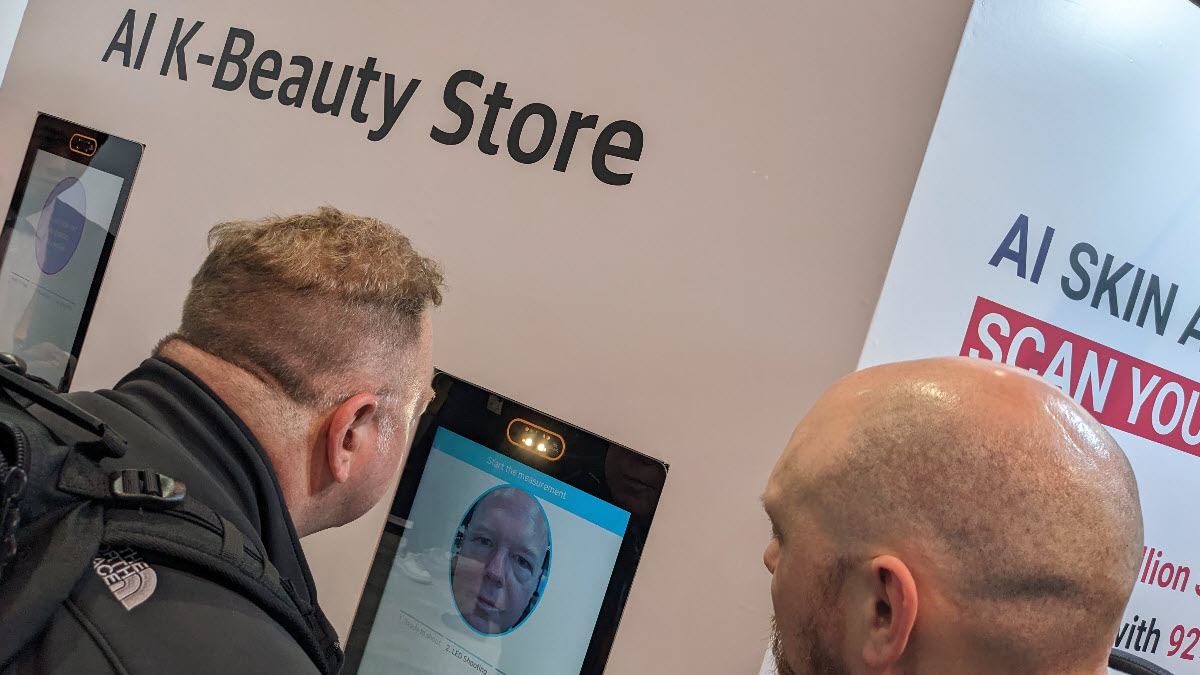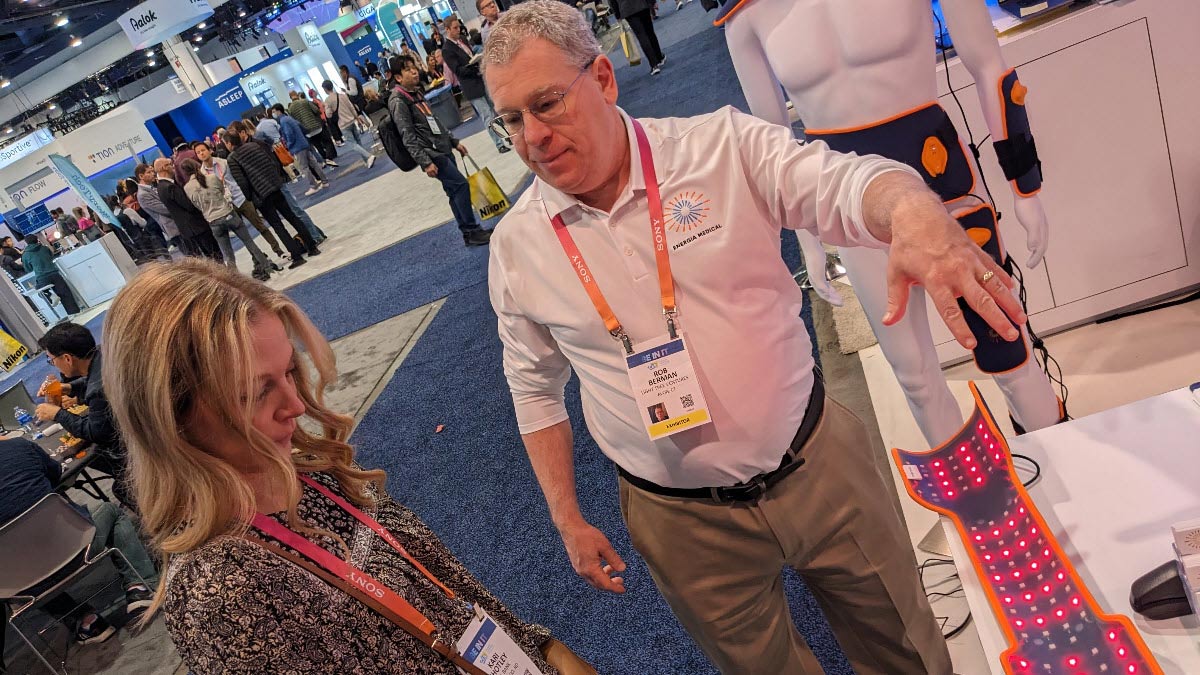
FDIC-Insured - Backed by the full faith and credit of the U.S. Government
Stories
Robots and metaverse and digital twins, oh my! U.S. Bank innovation at CES 2023
The U.S. Bank Innovation team’s top trends from CES 2023.
An autonomous snowblower. A robot bartender. And an oven that livestreams your dinner on camera while it bakes.
These were just a few of the newest (or weirdest) tech innovations showcased this year at CES 2023 in Las Vegas, which was back in-person and as big and bold as ever.
As the world’s biggest consumer technology show, CES, formerly known as the Consumer Electronics Show, is the marquee event where the latest cutting-edge advancements are unveiled. And our cohort from the U.S. Bank Innovation team was on the ground gathering insights and getting ideas for how we can improve customer experiences, as well as integrate with other new tech innovations. As customer interactions continue to be more and more digital, this helps U.S. Bank stay at the cutting edge of visioning where tech is headed and what our customers need from us – not just now but a decade from now.
Here are the top trends and takeaways our team uncovered:
The metaverse as a key place for commerce
Augmented reality, virtual reality and artificial intelligence continue to converge into new experiences – which are increasingly opening up new needs in financial services.
For example, U.S. Bank Chief Innovation Officer Don Relyea and Head of Applied Foresights Todder Moning took part in a demo where an AI-powered camera scanned and analyzed their faces, and then recommended the appropriate skin care products.
“I was happy that, apparently, I’m in the top 30% of 50-year-olds for skin quality,” Relyea chuckled. “But the use case is very real – these types of things could be embedded in a smart mirror. And when that happens, the point of retail sale is no longer a store at the mall, it’s your bathroom. And that goes for lots of other types of shopping experiences too. So, for us in financial services, we need to be prepared with open banking and API solutions, as well as developer-friendly tools, that can be integrated into those new commerce channels.”

The rise of digital twins
Just like in the metaverse, the use of augmented reality is pretty useful in real life, too.
In fact, the Incheon Airport in Seoul, South Korea is already using a digital twin to provide travelers with step-by-step directions to make navigating to your gate a breeze – you just follow a robot avatar on your smartphone as it leads you through the physical airport.
Other fields from automotive repair to health care to corporate real estate are using digital twins to do everything from visualizing and ordering engine parts, to heartbeat monitoring, to adjusting the HVAC system and lighting depending on how many people are on each floor of an office building.
The evolving vehicle experience
If it has wheels, it’s being disrupted in some way.
Remote-controlled excavators and backhoes for construction? Check. Autonomous tractors for farming? Check. An AI-powered, driver-less, fully electric semi-truck for shipping large containers across the country? Check, check and check. There was even a car that can change color thanks to its “e-ink” exterior. And one of the biggest splashes was the debut of an electric car made by a company that used to make CD players.
“As cars become more automated, then it becomes a rolling living room, where entertainment is one of the main things you’ll do in vehicles,” Moning said. “So that was interesting to see that they’re making progress.”
And that’s just the things big enough for people to sit in. There were also autonomous snow blowers, autonomous lawn mowers, and drones for a whole host of various tasks.
“The other thing we think is going to be a trend is more seamless, ambient payments,” Relyea said. “How does an automated truck, for example, pay to recharge itself? How does it pay for parking spaces and other things like that?”
Putting down the smartphone
Most of what we do digitally these days is centered around our devices – especially our smartphones. But at CES, it seems the future is moving toward all these innovations having their own interface. Rather than pulling out your phone, you’ll just tap your refrigerator’s screen or talk to all your various smart home devices themselves.
As smart people continue to make smarter and smarter machines that can do more and more useful things, how they use their money in those experiences becomes a key consideration.
“That’s a lot of devices you’ll have in your life, interacting with the internet, the world, and each other,” Moning said. “And a lot of new touchpoints emerging where financial services will need to be. What does it look like to bank, and manage your money in those spaces? U.S. Bank is committed to innovation, taking a leading role in creating new possibilities for our customers – as we provide the technology, advice and help that makes their financial lives a little easier.”

Tags:
Media center
Press contact information, latest news and more
Learn more
Company facts, history, leadership and more
Work for U.S. Bank
Explore job opportunities based on your skills and location
